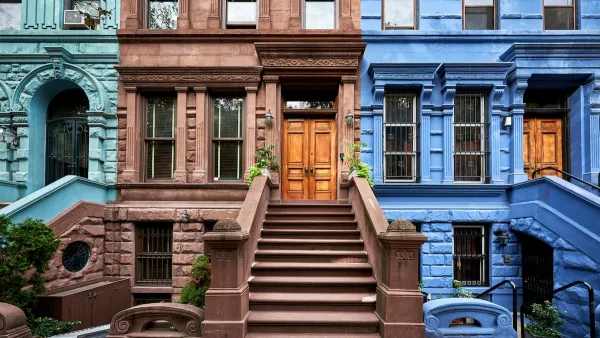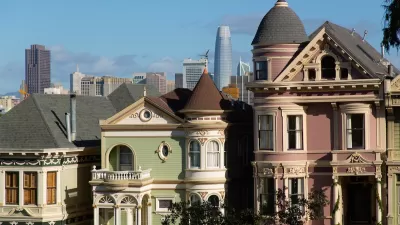In a precautionary essay about moving to another place, Chuck Wolfe explains tensions between simple and practical community life and newcomers’ arguably gentrification-laced expectations.

Wolfe writes that an evolving understanding of time and place must be based on the premise that every newcomer must respond humbly to land other than their own — even if it means abandoning expectations imported from elsewhere.
He illustrates his story through Johnny, a mover whose family has been in the area since Santa Fe’s founding in 1610, with repeated experiences with those who visit Santa Fe on vacation, fall in love with its surface beauty and promptly decide to relocate to the “City Different” with an imported NIMBY (not in my backyard) point-of-view:
His grandparents—in their mid-80s— live in a neighborhood his family has called home for generations. Increasingly, they find themselves surrounded by newcomers who express discomfort with their long-standing ways.
Something as simple as front yard parking—a practice that predates zoning laws and, to some, is simple and practical community life—has become a point of contention. Johnny explained that these new neighbors often arrive with rigid preconceptions of how a historic neighborhood “should look,” missing that his grandparents have maintained the practice for years.
In conclusion, he underscores what should be a first principle for today's planners: Genuine appreciation and administration of a place require a deeper understanding and respect for its complex and intermingled ecosystems (built, natural, and cultural) and a responsibility to approach them as thoughtful participants in a continuing story.
FULL STORY: About Roots: The Importance of Newbie Humility

Planetizen Federal Action Tracker
A weekly monitor of how Trump’s orders and actions are impacting planners and planning in America.

Congressman Proposes Bill to Rename DC Metro “Trump Train”
The Make Autorail Great Again Act would withhold federal funding to the system until the Washington Metropolitan Area Transit Authority (WMATA), rebrands as the Washington Metropolitan Authority for Greater Access (WMAGA).

The Simple Legislative Tool Transforming Vacant Downtowns
In California, Michigan and Georgia, an easy win is bringing dollars — and delight — back to city centers.

The States Losing Rural Delivery Rooms at an Alarming Pace
In some states, as few as 9% of rural hospitals still deliver babies. As a result, rising pre-term births, no adequate pre-term care and harrowing close calls are a growing reality.

The Small South Asian Republic Going all in on EVs
Thanks to one simple policy change less than five years ago, 65% of new cars in this Himalayan country are now electric.

DC Backpedals on Bike Lane Protection, Swaps Barriers for Paint
Citing aesthetic concerns, the city is removing the concrete barriers and flexposts that once separated Arizona Avenue cyclists from motor vehicles.
Urban Design for Planners 1: Software Tools
This six-course series explores essential urban design concepts using open source software and equips planners with the tools they need to participate fully in the urban design process.
Planning for Universal Design
Learn the tools for implementing Universal Design in planning regulations.
Smith Gee Studio
City of Charlotte
City of Camden Redevelopment Agency
City of Astoria
Transportation Research & Education Center (TREC) at Portland State University
US High Speed Rail Association
City of Camden Redevelopment Agency
Municipality of Princeton (NJ)





























